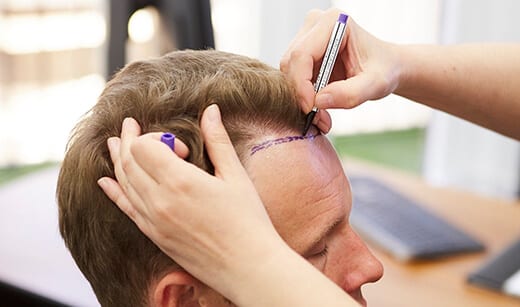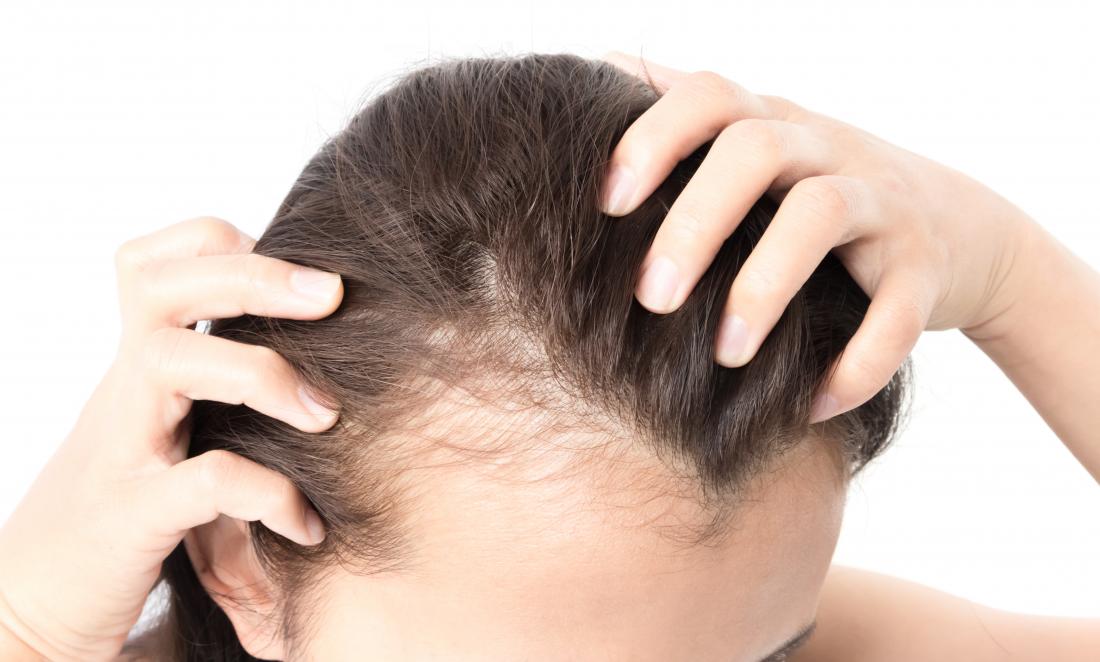How Does Hair Loss Happen?
As all hairs are shed at the end of their growth cycle, some degree of hair loss is accepted as normal in every individual. During the resting stage of the hair growth cycle the hair relaxes its hold on the hair root and the bulb of the hair shaft moves closer to the surface of the skin.
Over time, usual hair movements, shampooing and brushing causes the hair root to loosen further. Eventually, the hair is shed. The shedding of around 50 to 150 hairs per day by this way is normal.
Male-pattern baldness is the most common cause of hair loss in men. Men who have this type of hair loss usually have inherited the trait. Men who start losing their hair at an early age tend to develop more extensive baldness. In male-pattern baldness, hair loss typically results in a receding hairline and baldness on the top of the head.
Women may develop female-pattern baldness. In this form of hair loss, you may experience thinning hair over the entire scalp.
Find Out About Hair
Many people are unaware of the complex nature of hair, from the different types of hair to its structure and growth cycle. Vellus hairs, Terminal hairs, and Intermediate hairs, the detailed and structured make up of hair follicles and the hair shaft within the skin (epidermis), as well as the cycle of growth of hair, its growing stage, intermediate and finally resting or shedding stage, can all be read about in this section.
This section describes the three main types of hairs i.e. Vellus hairs, Terminal hairs, and Intermediate hairs, the detailed and structured make up of hair follicles and the hair shaft within the skin (epidermis) as well as the cycle of growth of hair, its growing stage, intermediate and finally resting or shedding stage. At The Harley Street Hair Clinic, we offer a range of hair loss treatments that can help you with the types of hair loss discussed in this section.
Male Hair Loss
Receding Hairline is the most common pattern of hair loss in men. Men who have this type of hair loss usually have inherited the trait. Men who start losing their hair at an early age tend to develop more extensive baldness. In male pattern baldness, hair loss typically results in a receding hair line and baldness on the top of the head. However, there are many different causes of hair loss for men.
Female Hair Loss
There are generally three types of women hair loss. These are summed up via the three following categories – androgenetic alopecia, Telogen effluvium, and non-pattern hair loss. Androgenetic alopecia is the most common cause of hair loss in women, and the pattern of hair loss, in this case, is less predictable in women than it is men. Telogen effluvium can arise from many causes, including medication use, dietary tendencies, and stress. Then there are all of the other rarer types of hair loss, which fall into the ‘non pattern hair loss category’.
Cause of Hair Loss
Stress
Stress is widely known to have some very severe effects on the hair, and can usually manifest in a few…
Ageing
It should be kept in mind that even the presence of both, necessary genes and hormones, is not sufficient to…
Hormones
The hormones involved in the mechanism of androgenetic hair loss are male hormones, which are called androgens. The answer to…




